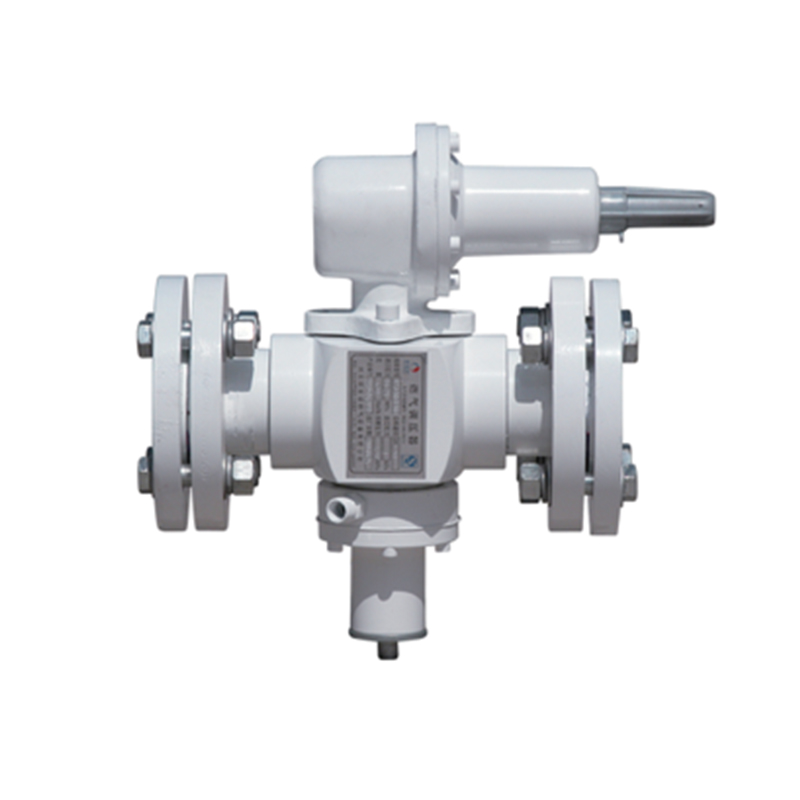
Dec . 07, 2024 11:14
Back to list
natural gas pressure reducing valve
Understanding Natural Gas Pressure Reducing Valves
Natural gas is a vital energy source, powering homes, industries, and vehicles around the globe. One critical component in the safe and efficient transportation of natural gas is the pressure reducing valve (PRV). This article explores the function, types, and importance of pressure reducing valves in natural gas systems.
What is a Pressure Reducing Valve?
A pressure reducing valve is a mechanical device designed to regulate the pressure of natural gas delivered from a high-pressure pipeline to a lower, usable pressure suitable for consumption in residential and commercial applications. The natural gas distribution system operates under high pressure to transport gas efficiently over long distances. However, the end users—homes, businesses, and factories—require the gas at a much lower pressure to ensure safe and efficient usage.
How Do Pressure Reducing Valves Work?
The working principle of a pressure reducing valve is relatively simple. It employs a diaphragm mechanism that responds to changes in outlet pressure. When the pressure at the outlet (downstream) falls below a predetermined level, the valve automatically opens to allow more gas to flow in. Conversely, when the outlet pressure exceeds the set point, the valve closes partially to restrict flow. This dynamic adjustment maintains a consistent pressure level, ensuring that the downstream equipment operates within its designated range.
The diaphragm within the PRV is usually connected to a spring. The tension of the spring can be adjusted to set the desired downstream pressure. The combination of the diaphragm and the spring forms a feedback loop that ensures immediate response to variations in demand or pressure.
Types of Pressure Reducing Valves
There are several types of pressure reducing valves, each designed for different applications and needs
1. Direct Acting PRVs These are the simplest form of pressure regulators and are commonly used for residential services. They are typically made with few moving parts, making them easy to install and maintain.
2. Pilot Operated PRVs Designed for higher flow capacities and more precise pressure control, these valves use a small pilot valve to control the operation of a larger main valve. Because of their complexity, pilot-operated PRVs are often used in industrial settings.
natural gas pressure reducing valve

3. Adjustable PRVs These allow users to manually adjust the downstream pressure setting according to specific requirements. They are versatile and often used in areas where gas consumption may vary significantly.
4. Lock-up PRVs These valves are designed to maintain a set pressure and prevent backflow in the event of system failures. They are essential for ensuring safety in gas systems.
Importance of Pressure Reducing Valves
The importance of pressure reducing valves in natural gas systems cannot be overstated. They play a crucial role in safety, efficiency, and reliability
- Safety By controlling the pressure at which gas is delivered, PRVs help prevent accidents that can result from overpressure, such as gas leaks or explosions.
- Efficiency Maintaining optimal pressure reduces energy waste and ensures that appliances operate effectively. For instance, natural gas appliances designed for low-pressure operation will function optimally when fed with appropriately reduced pressure.
- Compliance Natural gas systems are subject to stringent regulatory standards that mandate safe operational practices. PRVs help operators comply with these regulations by ensuring that gas pressure remains within safe limits.
- Longevity of Equipment Consistent pressure regulation prevents undue stress on pipelines and appliances, reducing wear and extending the lifespan of the entire system.
Conclusion
Natural gas pressure reducing valves are indispensable components of natural gas distribution systems. By ensuring that gas is delivered at safe and usable pressure levels, they protect both the infrastructure and the consumers. As the demand for natural gas continues to grow, understanding and maintaining these vital devices will be essential for safety, efficiency, and reliability in energy consumption. Whether in residential settings or large industrial applications, pressure reducing valves are a key part of the natural gas story, quietly but effectively ensuring the energy needs of millions are met daily.
Next:
Latest news
-
Safety Valve Spring-Loaded Design Overpressure ProtectionNewsJul.25,2025
-
Precision Voltage Regulator AC5 Accuracy Grade PerformanceNewsJul.25,2025
-
Natural Gas Pressure Regulating Skid Industrial Pipeline ApplicationsNewsJul.25,2025
-
Natural Gas Filter Stainless Steel Mesh Element DesignNewsJul.25,2025
-
Gas Pressure Regulator Valve Direct-Acting Spring-Loaded DesignNewsJul.25,2025
-
Decompression Equipment Multi-Stage Heat Exchange System DesignNewsJul.25,2025

